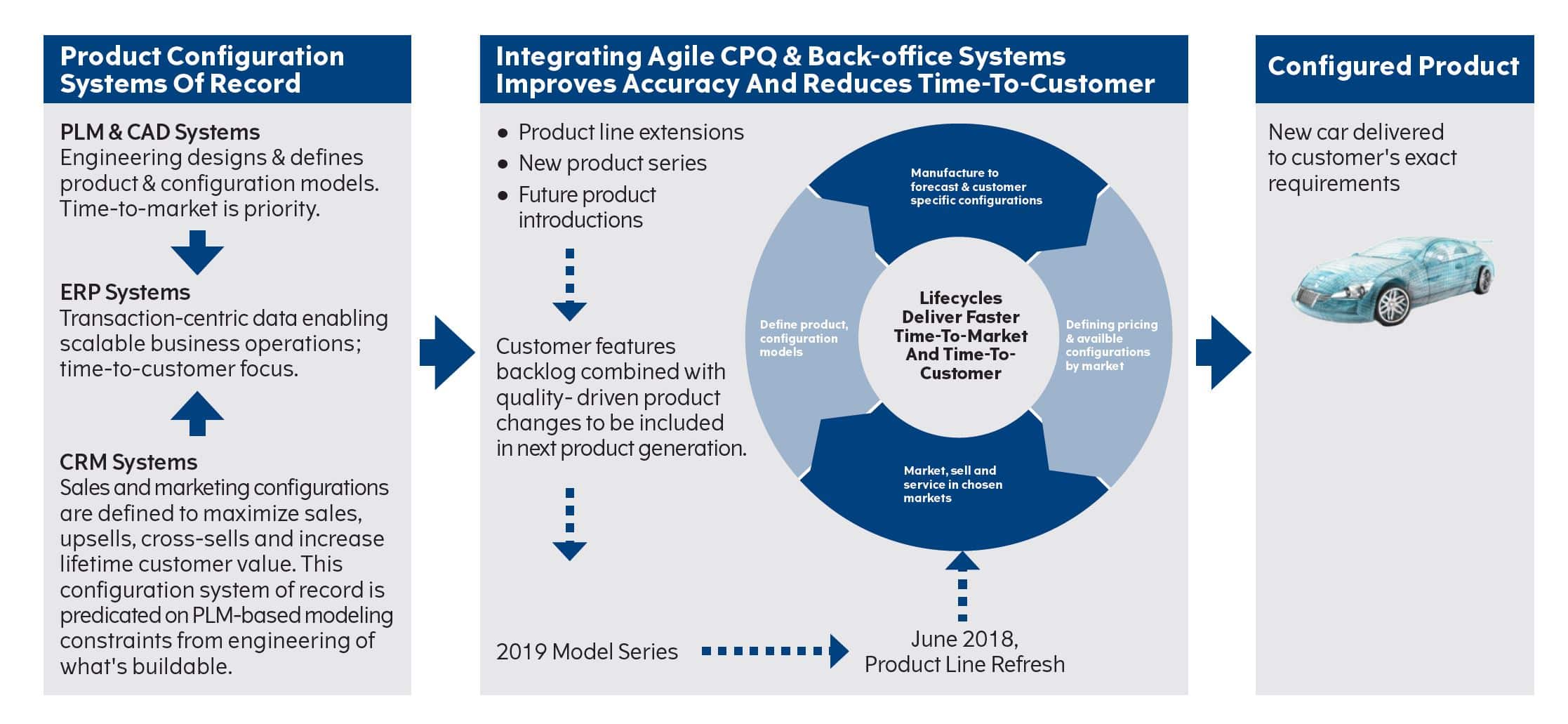PLM Is The Rocket Fuel New Products Need
By definition, Product Lifecycle Management (PLM) is a series of product development and planning frameworks, processes, and systems designed to guide product ideas from concept, through development, launch, midlife product line extension, and retirement.
Today, manufacturers are relying on PLM more than ever before to design, build, and sell smart, connected products. According to their recent study on Digital Engineering and PLM Adoption,Capgemini estimates the size of the global connected products market will range between $519B to $685B by 2020. With manufacturers predicting 47% of their products will be smart, connected devices by 2020, the need for PLM has never been greater in manufacturers today.
